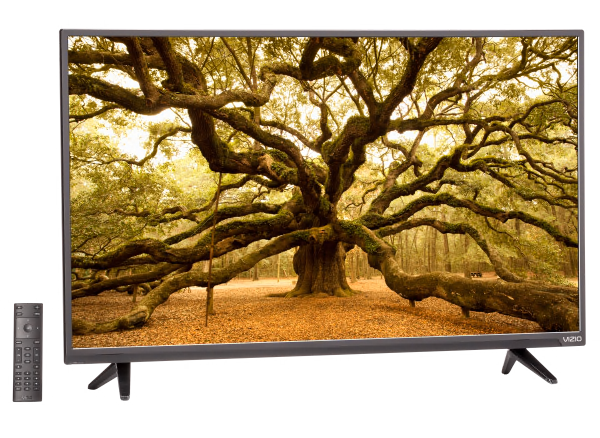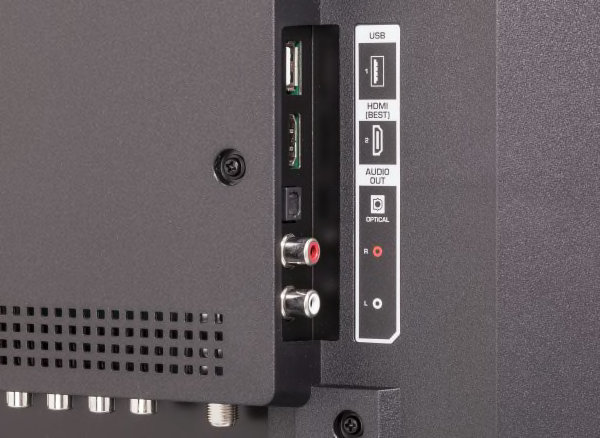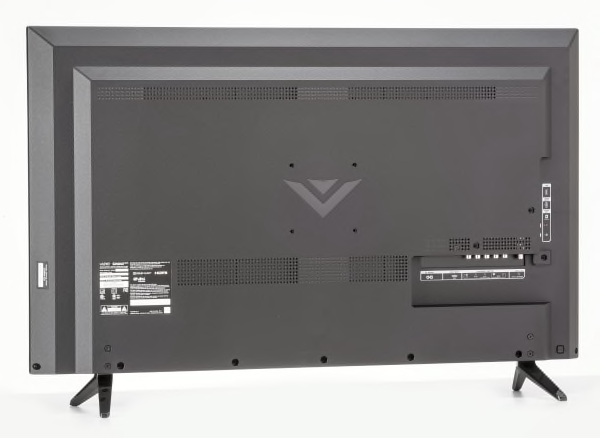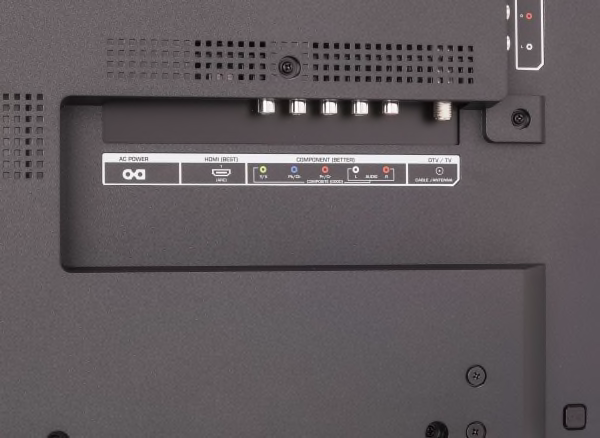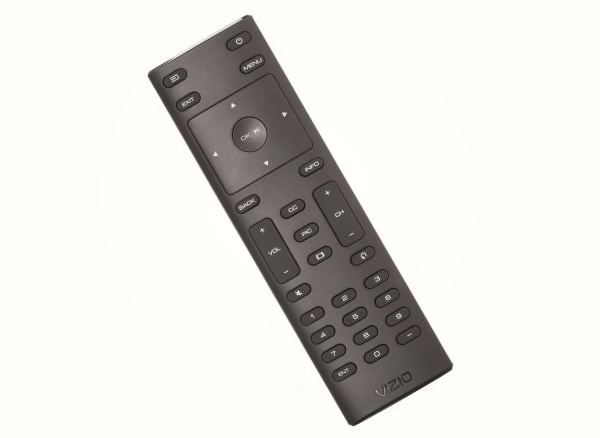HD PICTURE QUALITY. HD picture quality was very good. It did a very good job displaying the fine detail of HD content. Color accuracy was very good, with image content, and flesh tones in particular, looking natural. Color temperature was slightly on the cool side, lending images a bluish tone. Contrast--the difference between the darkest blacks and brightest whites--was good, so images had depth and dimension, typical of most models we test. The brightness level was good, making it a suitable choice for most rooms. Black level was generally good, though not as dark as better performers on the darkest scenes (though quality does degrade as you move to the sides - see viewing angle). In scenes with subtly shaded light-to-dark areas, such as a sky during sunset, the model did a very good job producing a smooth transition without distinct, coarse bands. There was slight display non-uniformity that created brighter cloudy areas most noticeable on very dark scenes (or in the black bars of a letterboxed movie). We routinely see this issue with LCDs and severity can vary from model to model. Film mode operation for HD film-based content was excellent, with no visible jaggies along the edges of objects during motion scenes. Deinterlacing was very good, with minimal jaggies visible when converting 1080i video content, such as from cable, to the display's native resolution.
VIEWING ANGLE. This Vizio has a narrow viewing angle overall, below-average performance among TVs for this attribute. Only those seated directly in front of the screen will see the best picture quality. When we viewed the TV from the sides image quality degraded significantly. The picture showed a strong loss of color, so flesh tones looked very washed out, along with a moderate color shift. Black levels visibly brightened, reducing contrast especially on dark scenes. When viewing the image from above or below eye level to the screen, the vertical viewing angle was very good. The picture showed minimal change in color, contrast, and black level.
MOTION BLUR. This Vizio TV has good motion performance, with some blurring on our motion tests. This is better than average for LCD displays with the basic 60Hz frame rate. This model does not include a blur reduction feature.
SCREEN REFLECTIVITY. Though not as mirror-like as on some models, this screen surface is glossy and therefore susceptible to reflections from a nearby lamp or window. It does a good job reducing glare from ambient light and maintains contrast in a brighter room environment.
SOUND QUALITY. This model has fair sound quality with below average performance. It's acceptable for typical programming, but shortcomings become obvious with movie soundtracks and music. Bass was lacking in depth and a bit in definition, but treble was nicely detailed, while the overall sound was closed in. The volume from its speakers was limited -- just adequate for a smaller, quiet listening environment, and quality does degrade at high volume levels with audible distortion, and some cabinet resonance. If sound quality matters to you, you might want to add a soundbar or other external speaker system.
EASE OF USE. On first power up there is an on-screen guide that helps you through setting up the TV. Vizio includes a traditional IR, button keypad remote for control of basic functions. The high contrast labels on the buttons make them easier to read in a dimmer viewing environment.
INTERNET FEATURES. This TV does not have access to the Internet.
CONNECTIONS. This model has two HDMI inputs-- one supports ARC (Audio Return Channel), one "component/composite shared" input (which means you can only use one type or the other at a time) one USB port, an optical digital audio out. The cable connections on the rear panel are recessed with side or bottom-facing ports, so wires don't protrude beyond the display's depth.
INCLUDED IN THE BOX. A quick start guide. A remote control with batteries. No printed manual is included.
ABOUT ULTRA HD TESTING: We test UHD picture quality using 4K movies, videos, photos, and test patterns to confirm these displays deliver performance to this format's full potential. We check the TV's ability to reproduce 4K image detail, as well as high dynamic range (HDR) for TVs that support this capability. Image quality is tested using a 4K movie player connected to the TV's HDMI input, as well as from files stored on flash drive plugged into the TV's USB port. We also check the quality of 4K streaming from Netflix or YouTube (if the service is supported by the TV), and how well the TV can upscale HD movies to the display's higher UHD resolution while keeping artifacts such as "jaggies" along the edges of image content to a minimum. The best UHD TVs, and HDTVs, present high fidelity images that reveal the full quality of the best source content without degradation.

















